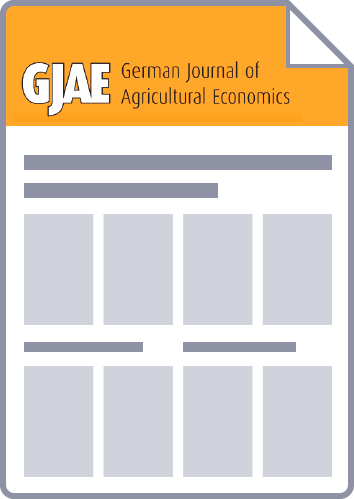Food risks may be caused by moral hazard, i.e. by opportunistic behaviour of upstream sellers who exploit the fact that many food product qualities remain uncertain to downstream buyers in the course of conventional market transactions (credence qualities). Due to this lack of market transparency buyers run the risk to pay premium prices for inferior products (quality risks); furthermore, they run the risk to use or consume substances which are harmful (health risks). Therefore, they will want to design optimal contracts and controls preventing opportunistic behaviour. Usually, however, buyers cannot contract contingent on the actions of upstream sellers because they cannot observe them directly (information asymmetry).
Motivated by the obviously game-theoretic nature of the problem, we investigate the potential of principal-agent-models for the analysis of food risks induced by opportunistic behaviour. We identify a binary stochastic moral hazard model which is able to represent the microeconomic situation of buyers (principals) and sellers (agents) adequately. On the one hand, the model considers the remuneration costs which are needed to induce compliance. On the other hand, it accounts for direct costs and benefits of control as well as a limited traceability caused by the multiple agents setting of most food risk problems. If we know the costs of compliance, the stochastic relationship between the agent’s action and the product quality, and the traceability coefficient, we are able to determine the optimal control intensity and price for any cost of control function and predefined upper limit of the imposable sanction.
For practical applications the main problem will be how to procure empirical data. The manageable data requirements of the binary model qualify it as a ready to use model for future applications: first, it can be used in positive analyses of food chains in order to detect the hot spots where food risks induced by opportunistic behaviour are to be expected for economic reasons. Secondly, it can be used in normative analyses in order to identify contractual designs which induce compliance at minimum costs. Thirdly, it can be used in order to compare the efficiency of different system structures taking into account the costs of change.



